The growing demand for high-quality cat litter has made the cat litter production factory an essential business in the pet industry. Setting up a cat litter production factory requires careful planning, efficient equipment, and optimized processes to ensure cost-effectiveness and product quality. This guide will walk you through the steps to establish and enhance your factory, ensuring smooth operations and maximum profitability.
Step 1: Planning Your Cat Litter Production Factory
Before investing in machinery, raw materials, and labor, it’s crucial to develop a well-structured business plan. Consider the following factors:
- Market Research: Identify the most popular types of cat litter (clay-based, silica gel, biodegradable, etc.) and analyze competitors.
- Target Audience: Decide whether to supply wholesalers, retailers, or direct-to-consumer markets.
- Production Scale: Estimate daily or monthly output requirements based on demand.
- Regulations and Compliance: Ensure your cat litter production factory meets local environmental and safety standards.
Step 2: Choosing the Right Location
Selecting an optimal location for your cat litter production factory can significantly impact costs and efficiency. Key factors include:
- Proximity to Raw Materials: If producing bentonite or silica gel-based litter, being close to raw material sources can reduce transportation costs.
- Logistics and Distribution: Ensure easy access to transport networks for efficient delivery.
- Utilities and Infrastructure: A reliable power and water supply is essential for production processes.
- Environmental Impact: Choose a site that minimizes pollution risks and complies with environmental laws.
Step 3: Selecting the Best Raw Materials

The type of cat litter you produce depends on the raw materials available. Common options include:
| Type of Cat Litter | Primary Raw Material | Key Features |
|---|---|---|
| Clay-Based (Bentonite) | Bentonite Clay | High absorbency, clumping properties |
| Silica Gel Litter | Silica Sand | Superior odor control, non-clumping |
| Biodegradable Litter | Wood, Corn, Wheat, Recycled Paper | Eco-friendly, compostable |
Ensuring a steady supply of high-quality raw materials will maintain consistency and reliability in your cat litter production factory.
Step 4: Investing in Cat Litter Production Equipment
Equipping your cat litter production factory with the right machinery ensures smooth and efficient operations. A complete production line typically includes:

- Raw Material Processing Unit:
- Crushers and grinders for breaking down raw materials (clay, silica, or plant-based materials).
- Mixing systems for adding binders or fragrances.
- Granulation Machine:
- Converts raw material into uniform pellets or clumps.
- Controls moisture levels for proper binding.
- Drying and Cooling System:
- Removes excess moisture to prevent bacterial growth.
- Ensures durability and prevents crumbling.
- Screening and Sieving Machine:
- Separates granules based on size to ensure consistency.
- Packaging Line:
- Automated filling, weighing, and sealing machines for bags of different sizes.
- Labeling and coding systems for branding and compliance.
Investing in energy-efficient and automated machinery can reduce labor costs and improve production speed in your cat litter production factory.
Step 5: Optimizing the Production Process for Maximum Efficiency

To improve efficiency and minimize waste, consider the following optimization strategies:
- Automate Key Processes: Reducing manual labor with automation improves precision and consistency.
- Monitor and Control Quality: Regular testing of granule size, absorbency, and odor control ensures superior product quality.
- Reduce Material Waste: Implement recycling methods to reuse off-spec materials.
- Energy Efficiency: Use eco-friendly drying and cooling technologies to cut down energy costs.
- Regular Equipment Maintenance: Prevent downtime by scheduling routine inspections and repairs.
Step 6: Packaging and Branding for Market Success
Your cat litter’s packaging and branding play a crucial role in attracting customers. Consider these factors:
- Eco-Friendly Packaging: Many consumers prefer biodegradable or recyclable packaging options.
- Size Variations: Offer multiple package sizes to cater to different customer needs.
- Brand Identity: Use appealing designs and clear labeling to highlight product benefits (dust-free, odor control, clumping ability).
- Compliance Labels: Ensure that packaging meets all labeling regulations and includes necessary safety instructions.
A well-packaged product increases sales and builds trust in your cat litter production factory brand.
Step 7: Distribution and Sales Strategy
Once your cat litter production factory is operational, the next step is selling your product. Distribution strategies include:
- Retail Stores: Supply to pet stores, supermarkets, and specialty shops.
- Online Sales: Utilize e-commerce platforms like Amazon, Walmart, and Shopify.
- Bulk Supply: Partner with wholesalers and distributors for large-scale sales.
- Private Label Manufacturing: Produce cat litter for established brands looking for manufacturers.
Implementing a multi-channel distribution approach can maximize your reach and profitability.
Step 8: Ensuring Sustainability in Production
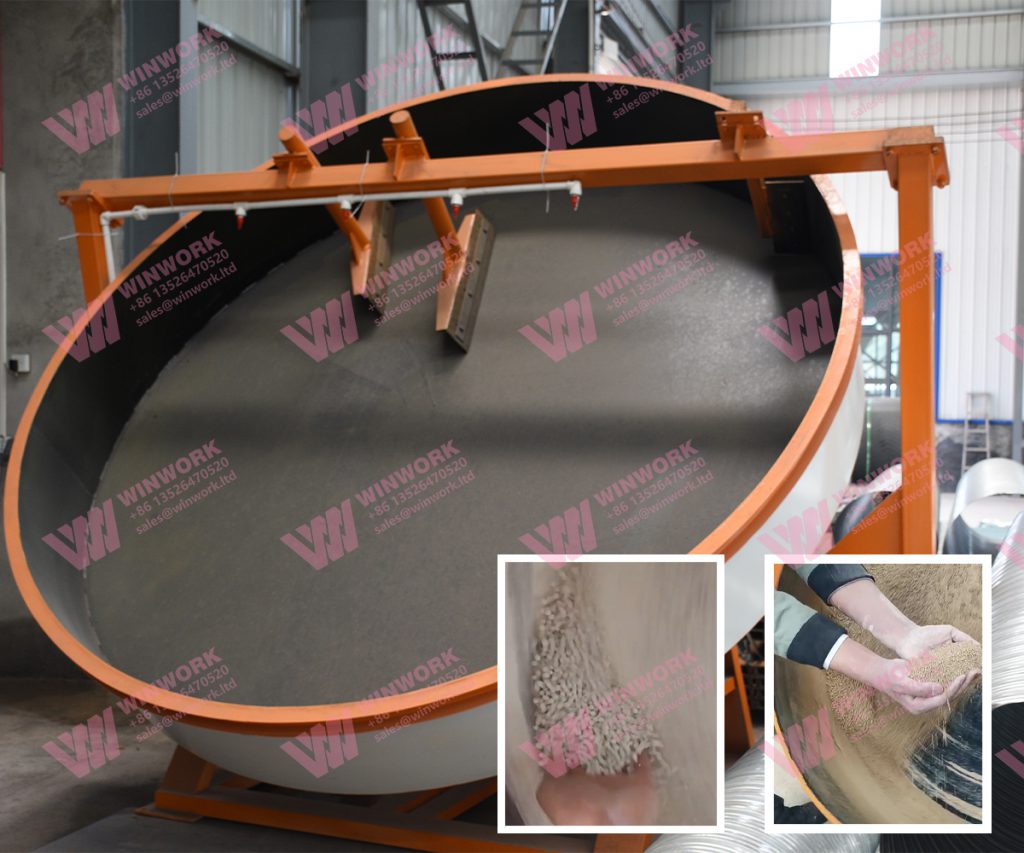
As environmental concerns grow, making your cat litter production factory eco-friendly can attract more customers. Sustainable practices include:
- Using Renewable Energy Sources: Solar or wind energy can reduce operational costs.
- Recycling Waste Materials: Reuse production waste in future batches to minimize waste.
- Developing Biodegradable Products: Offer sustainable alternatives to clay-based litter to appeal to eco-conscious consumers.
A sustainable approach benefits both the environment and your business reputation.
Conclusion
Setting up and optimizing a cat litter production factory requires careful planning, investment in high-quality equipment, and continuous process improvements. By focusing on efficient manufacturing, innovative product development, and strategic marketing, your factory can achieve long-term success in the growing pet care industry.
By following this step-by-step guide, you can ensure that your cat litter production factory operates at maximum efficiency, delivers high-quality products, and achieves strong market positioning.


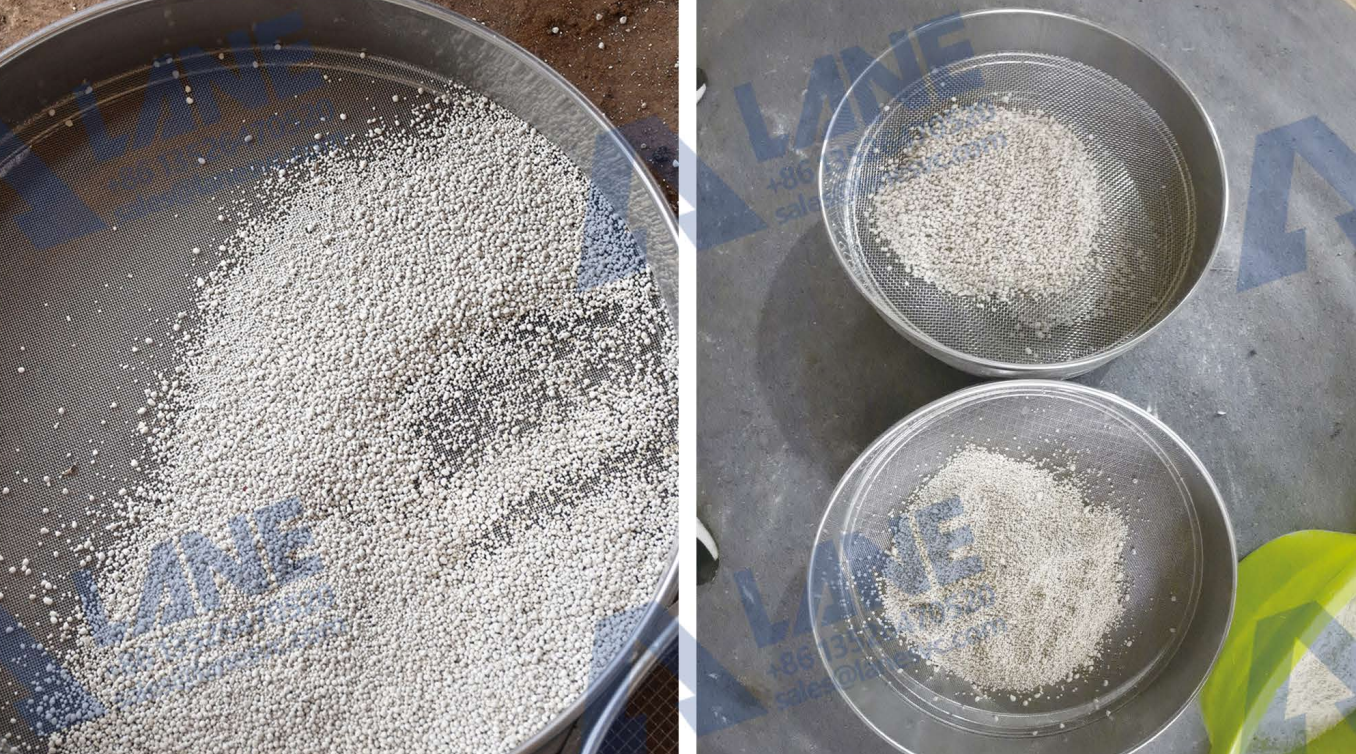
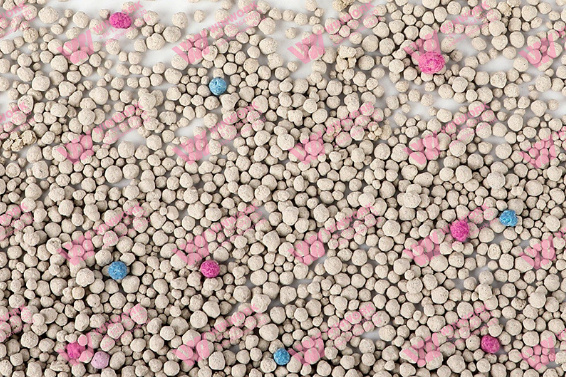
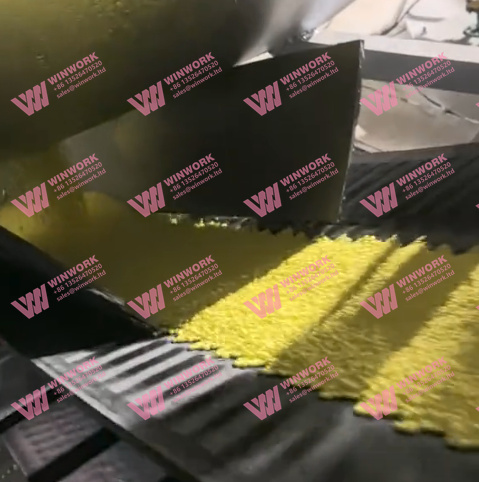
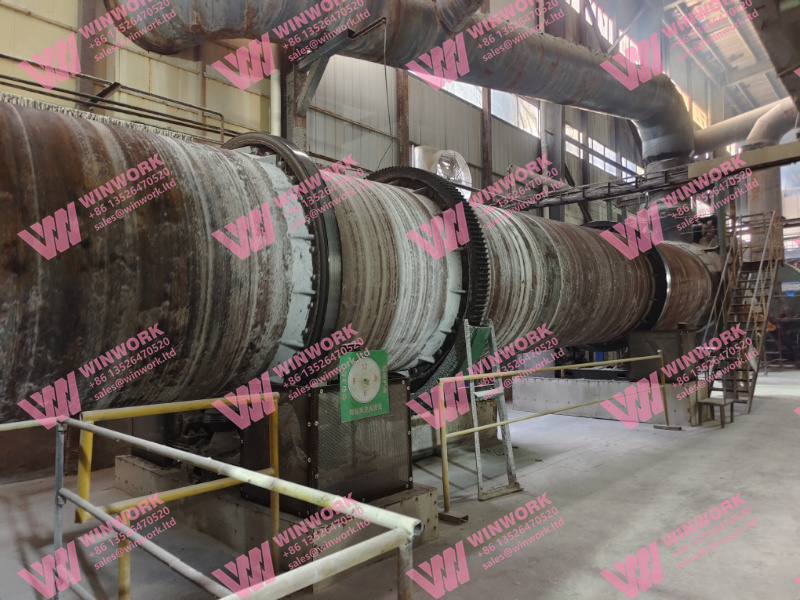
Get A Quote